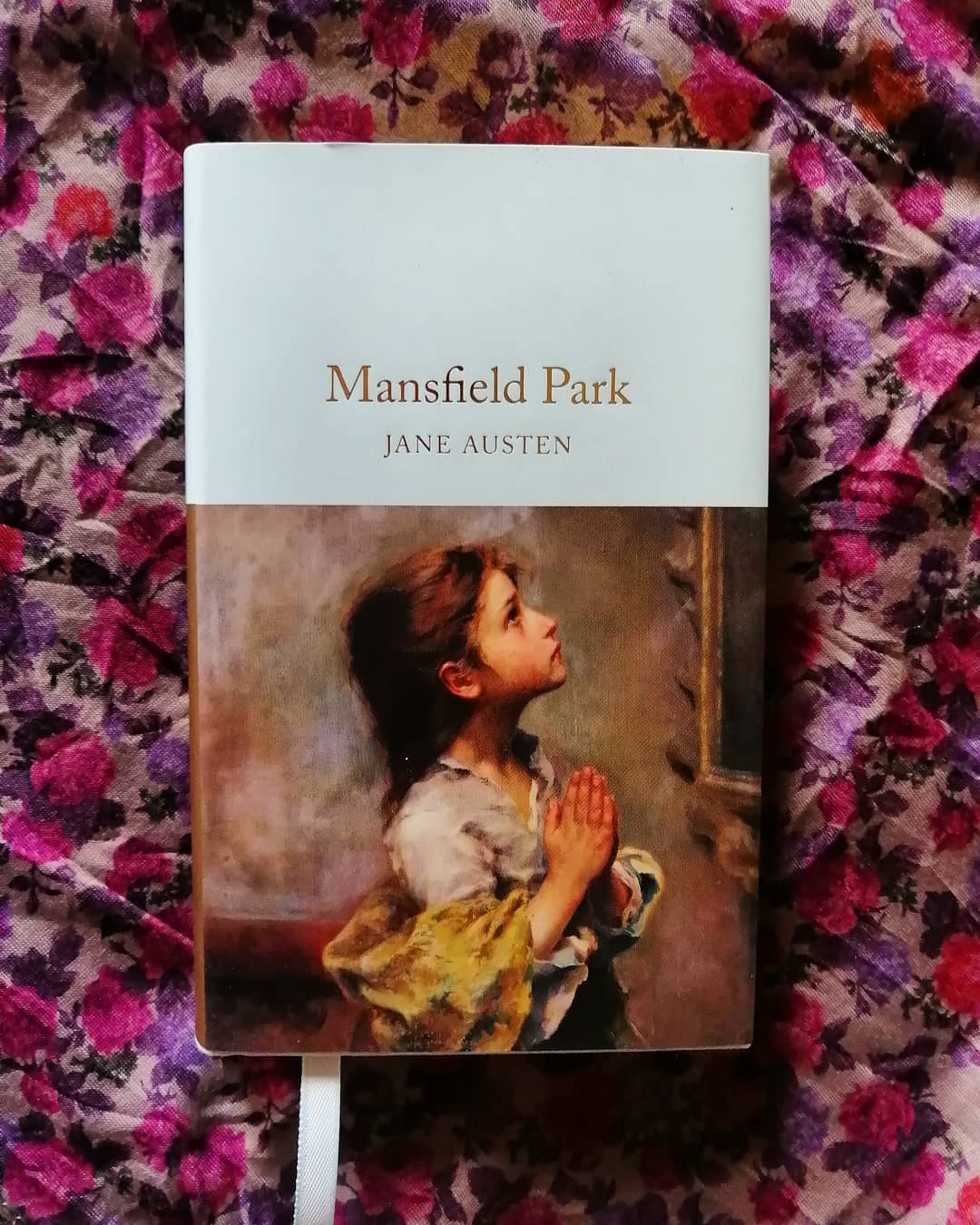English language learners are susceptible to certain common mistakes, even when they have reached an advanced level. To be honest, native English speakers also occasionally make these same errors.
I hope to address some of these common issues this week. Beginning today with our Mini-Lesson Monday, consisting of two lesson posts, we will explore the construction ‘must have,’ its meanings, and its application in various contexts. As many learners often mix it up with ‘should have’ statements, I will draw on several examples from Jane Austen’s Mansfield Park (1814) to clarify the differences between ‘must have’ and ‘should have’ sentences.
✏️ Firstly, ‘must’ is an example of a modal verb, which is an auxiliary verb expressing possibility or necessity. ‘Must’ is one of the strongest expressions in the language and is often encountered in written English (with ‘have to’ / ‘has to’ as a common spoken substitute).
✏️ Must conveys a of strong sense of obligation. When we think of the word ‘must’, what usually comes to mind is its affirmative form: that is, an expression that something is required to happen, be, or become, in the present or near future. For example, ‘You must study English regularly if you want to pass the examination’ or ‘I must finish reading this book so that I can return it to the library soon.’
Here are some examples from Mansfield Park where ‘must’ carries this sense, either 1) as a statement of fact:
📘 ‘He knew her to be clever, to have a quick apprehension as well as good sense, and a fondness for reading, which, properly directed, must be an education in itself.’
or 2) emphasising necessity or obligation:
📘 ‘She must be courteous, and she must be compassionate.’
📘 ‘Fanny could not say she did not; and as they all persevered, as Edmund repeated his wish, and with a look of even fond dependence on her good-nature, she must yield.‘
If you are familiar with the story behind Mansfield Park, you will remember that the heroine, Fanny Price, frequently faces pressure to satisfy her relatives, even at the cost of her own feelings and preferences. In a subtle (delicate; hardly noticeable) manner, Jane Austen gently enforces this underlying theme of obligation when she uses ‘must’ in this way throughout the novel.
Likewise, she employs ‘must’ in the dialogues of the characters who are encouraging, even commanding Fanny to take action. This leads us to our next point:
✏️ Must is sometimes used to denote a rule, law, or mode of conduct.
📘 ‘…Crawford pursued with “No, no, you must not part with the queen. You have bought her too dearly, and your brother does not offer half her value. …’
This form is frequently used to provide strong advice or to caution someone against undertaking a particular action.
📝 It is commonly used in the negative form, especially in institutional rules such as, ‘You must not take photographs without prior permission’. On the other hand, the affirmative form ‘you must’ is usually encountered in one-on-one situations where one person is encouraging another, as in ‘You must be brave’.
✏️ Notice how these examples all feature ‘must‘ followed by an infinitive such as ‘must be’, ‘must yield’, ‘must not part with…’. This is the form used when are referring to something in the present or future.
Side note 📝: Occasionally, the sentence provides a reason for why something is obligatory, for instance, 📘 ‘and as Edmund repeated his wish … she must yield’ (put more simply, because Edmund repeated his wish, then Fanny must yield or give in). However, reasons are more frequently given when ‘must’ pertains to (relates to) something that occurred in the past.
Join me in the next lesson post for the second part of this lesson, where we will explore the usage of ‘must’ in reference to the past. We will also examine how the distinctions between ‘must have’ and ‘should have’, and how to avoid confusing them.




